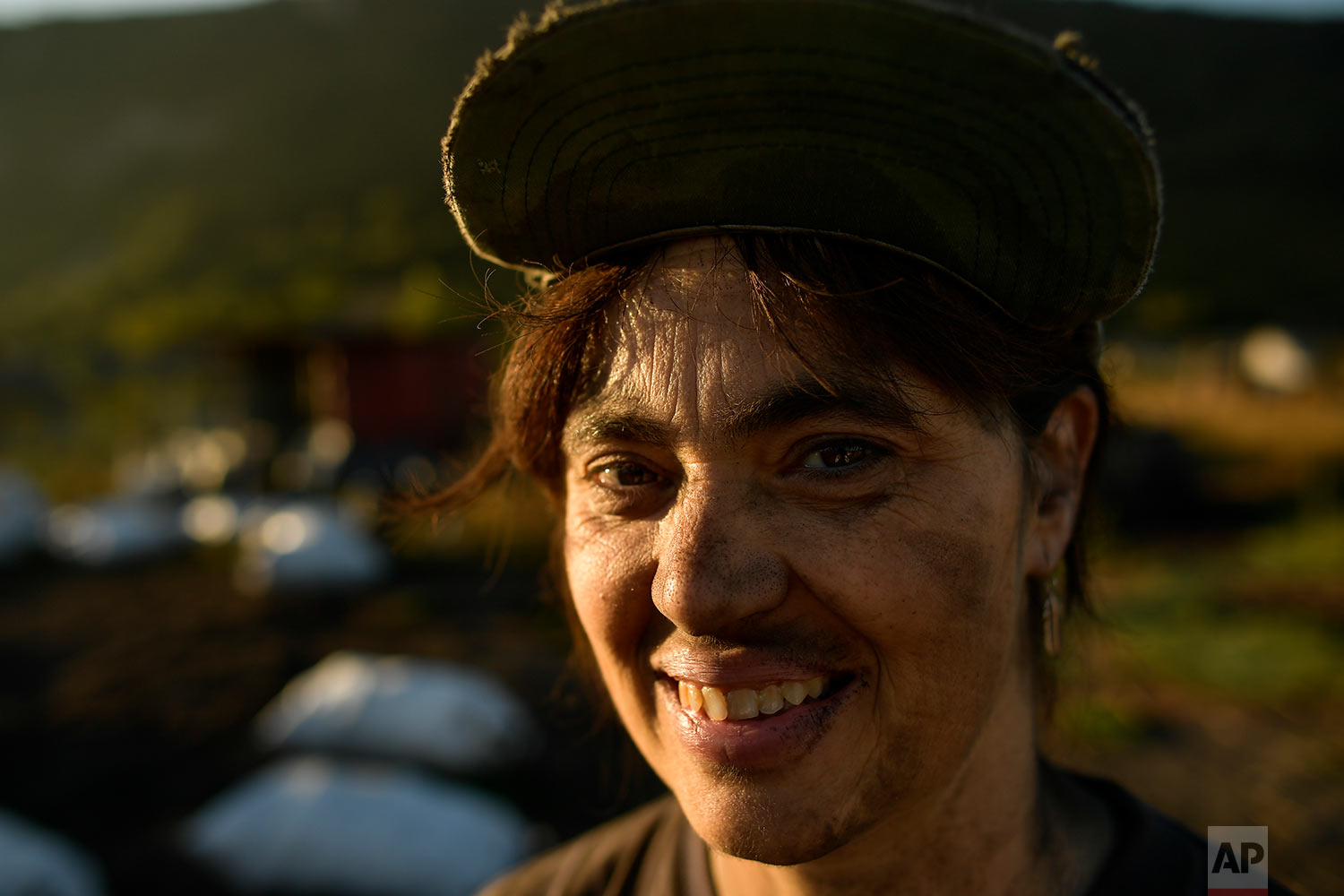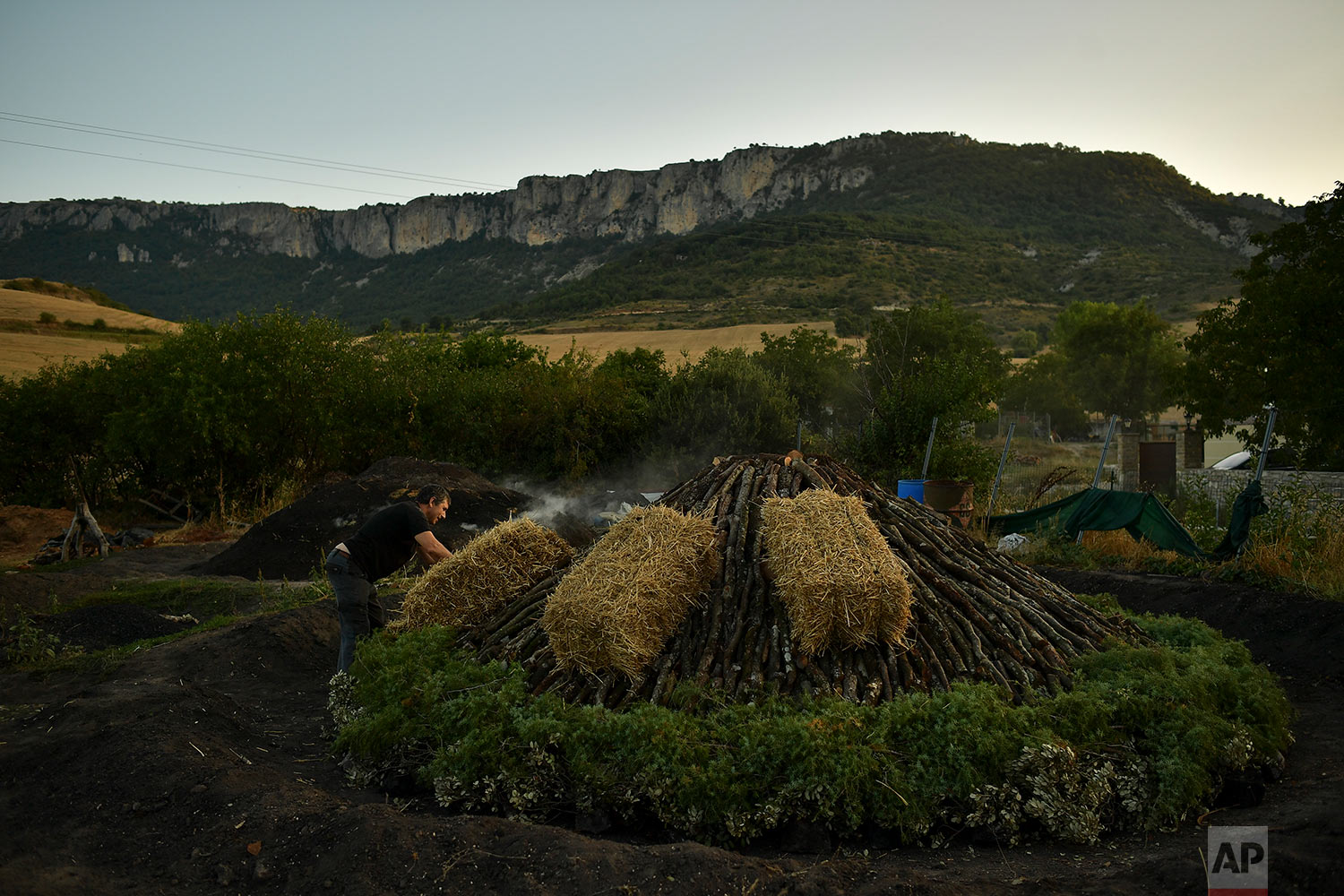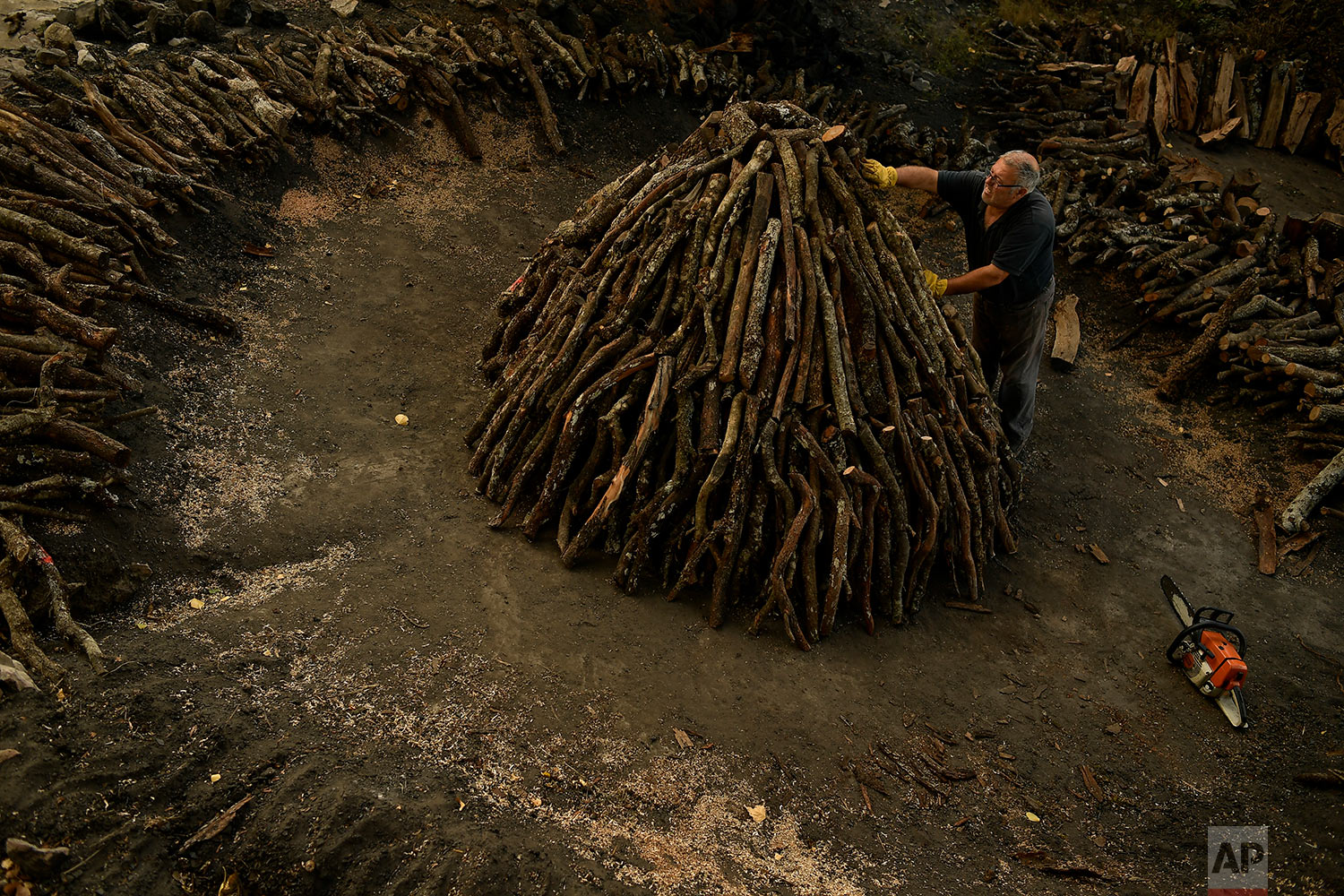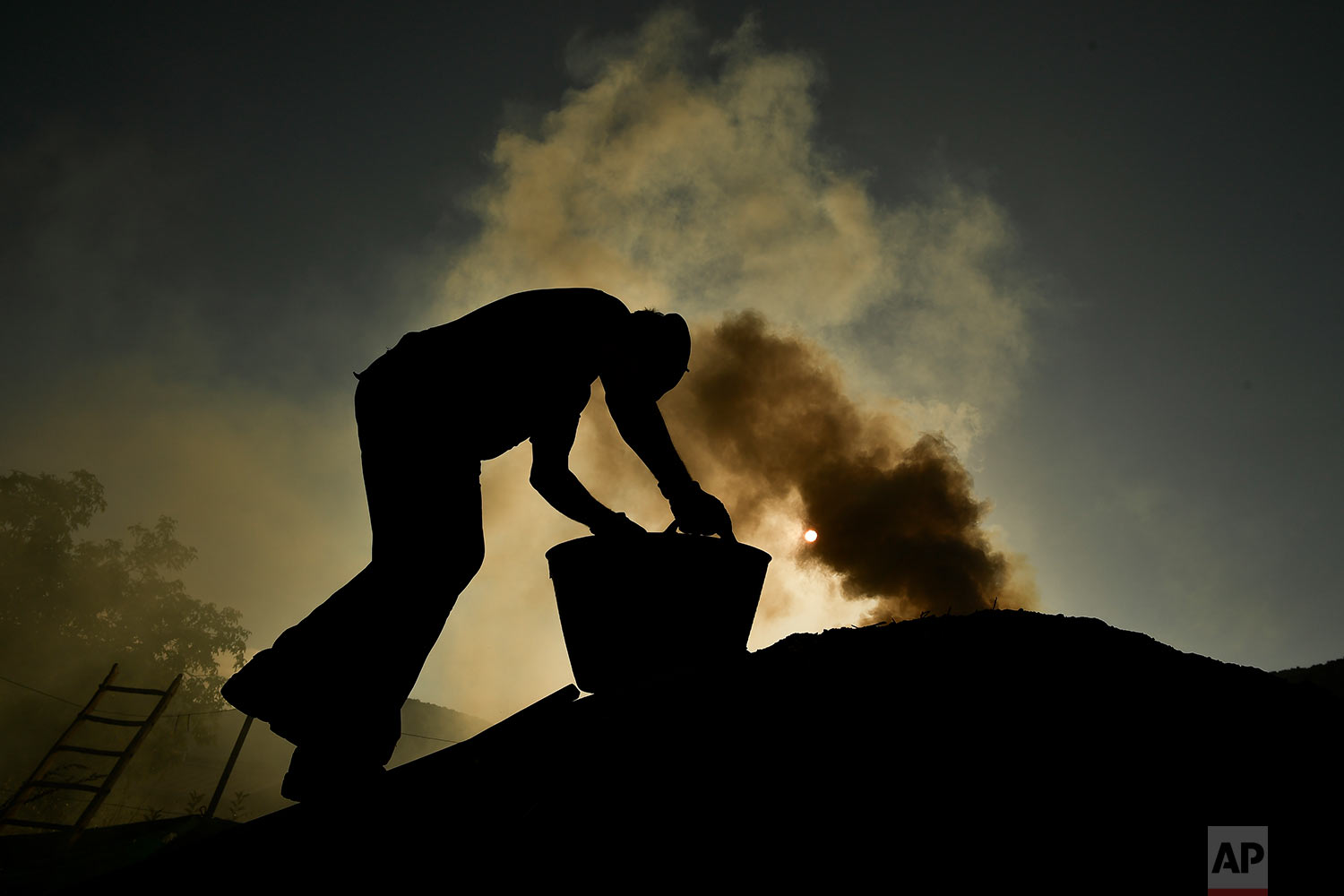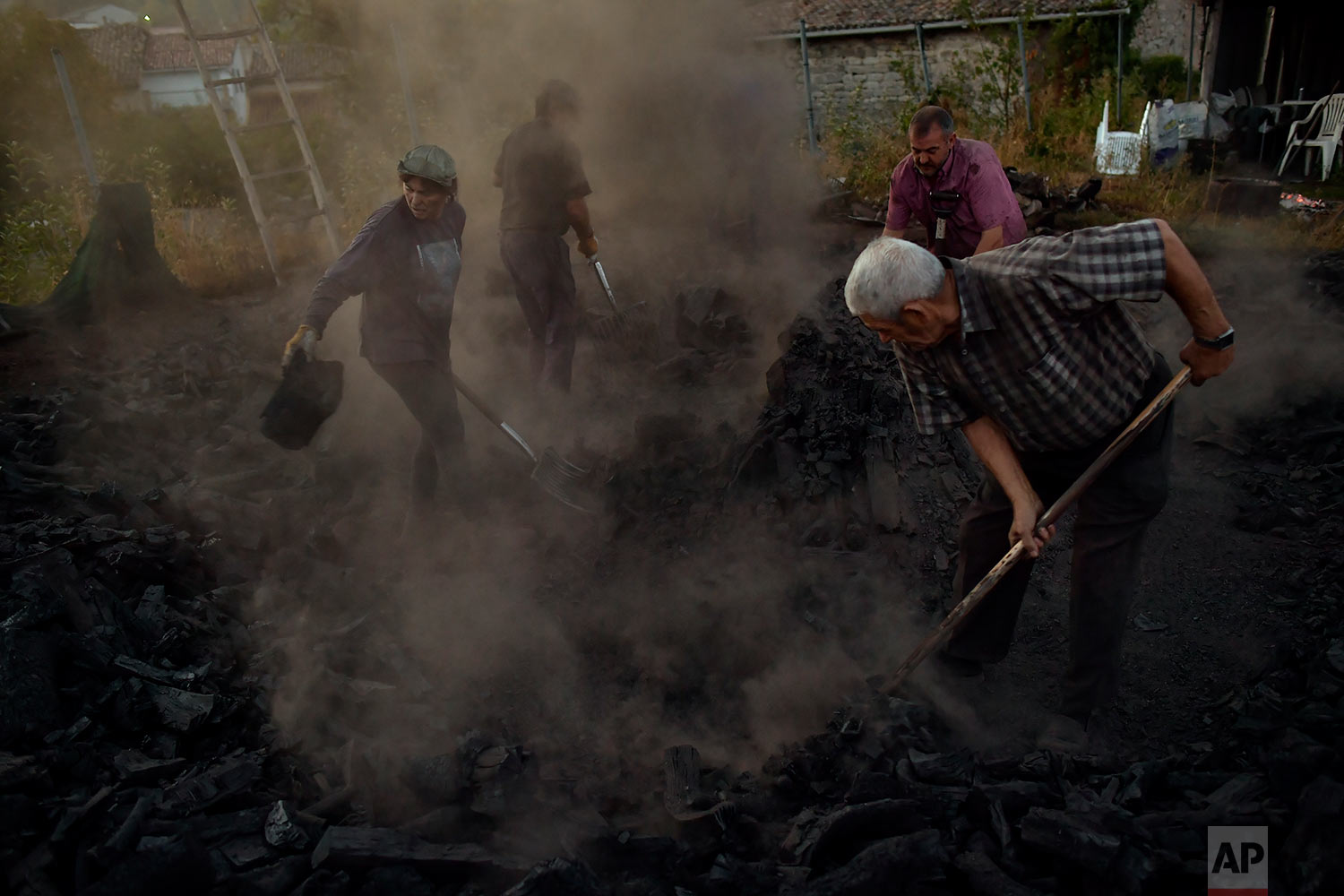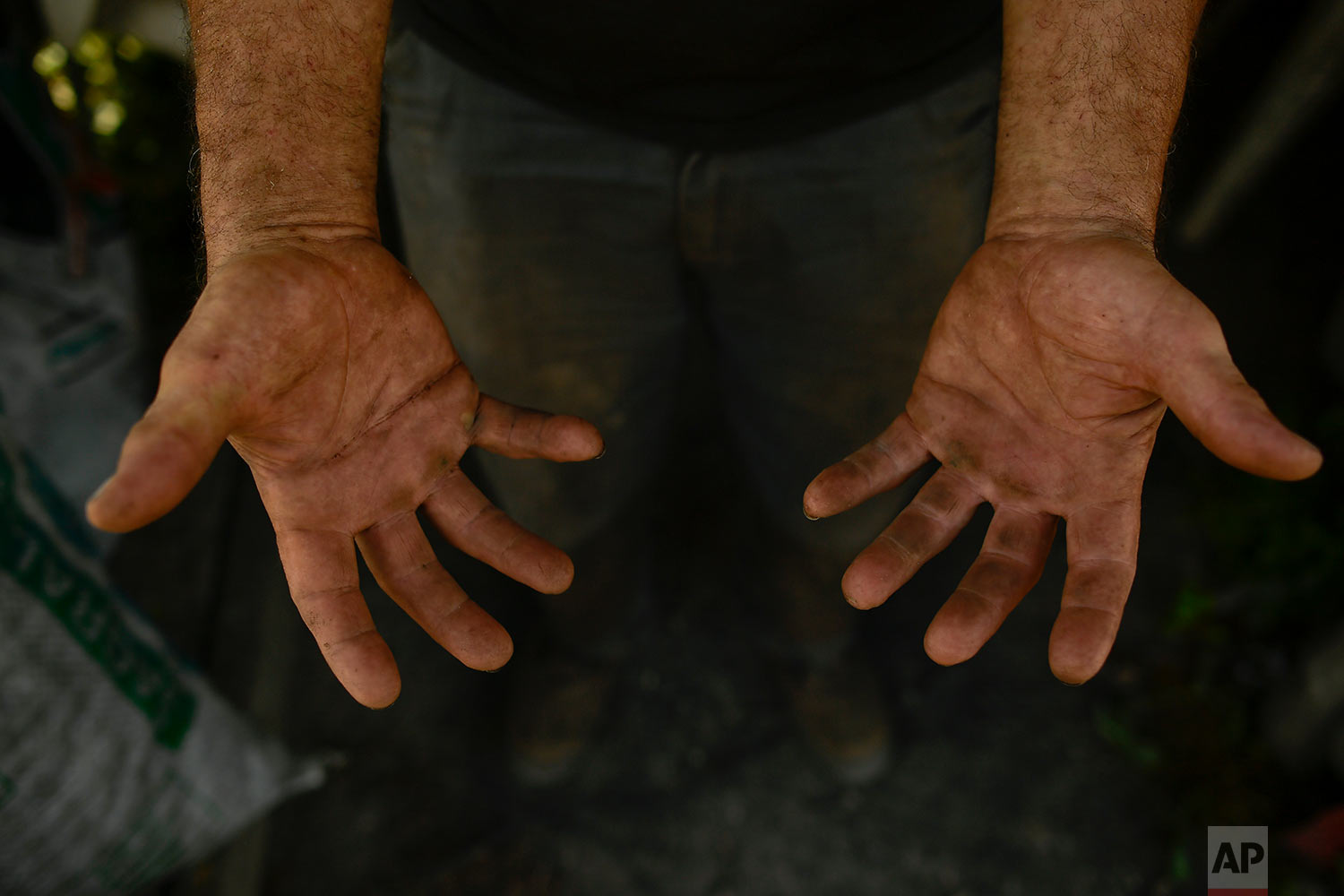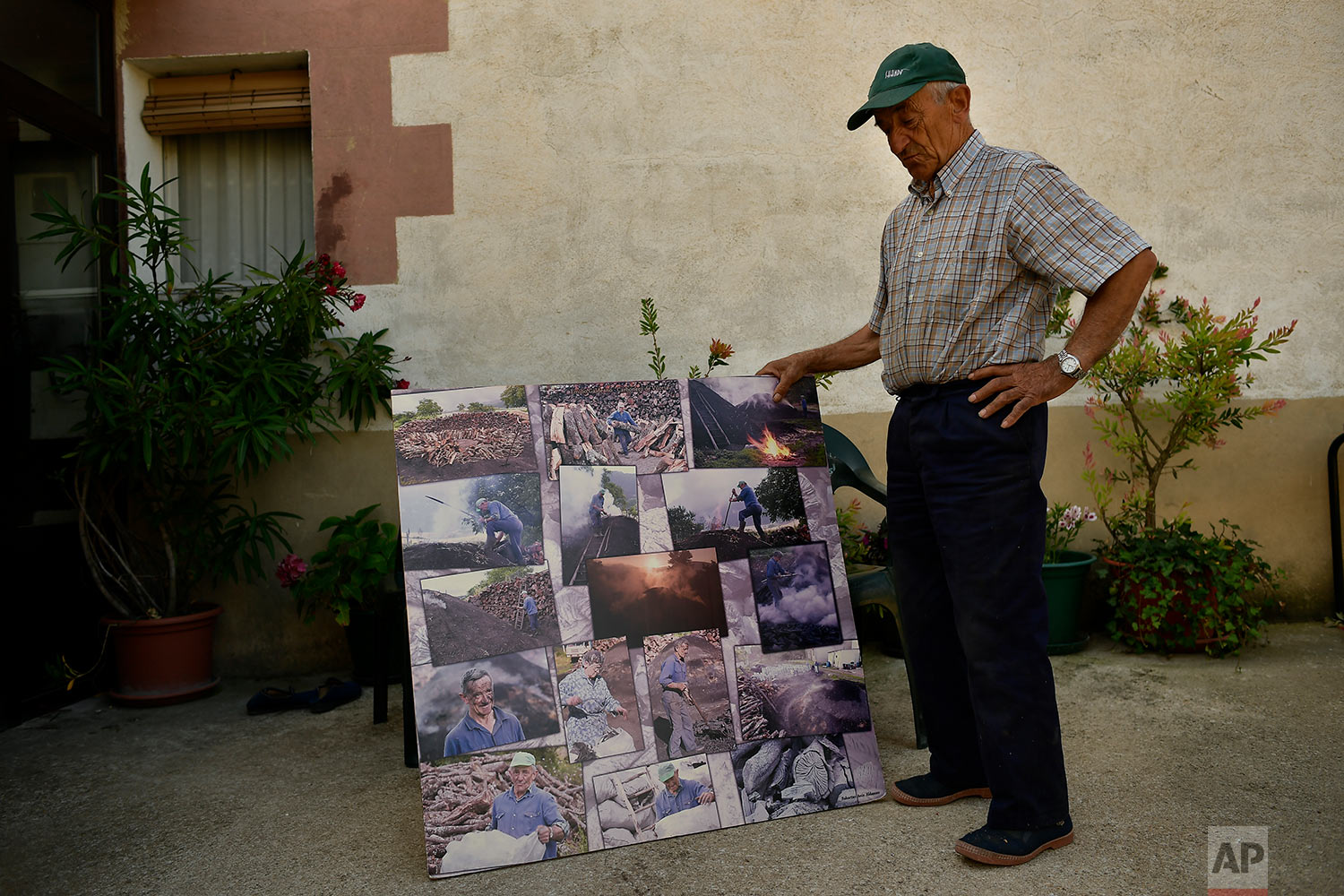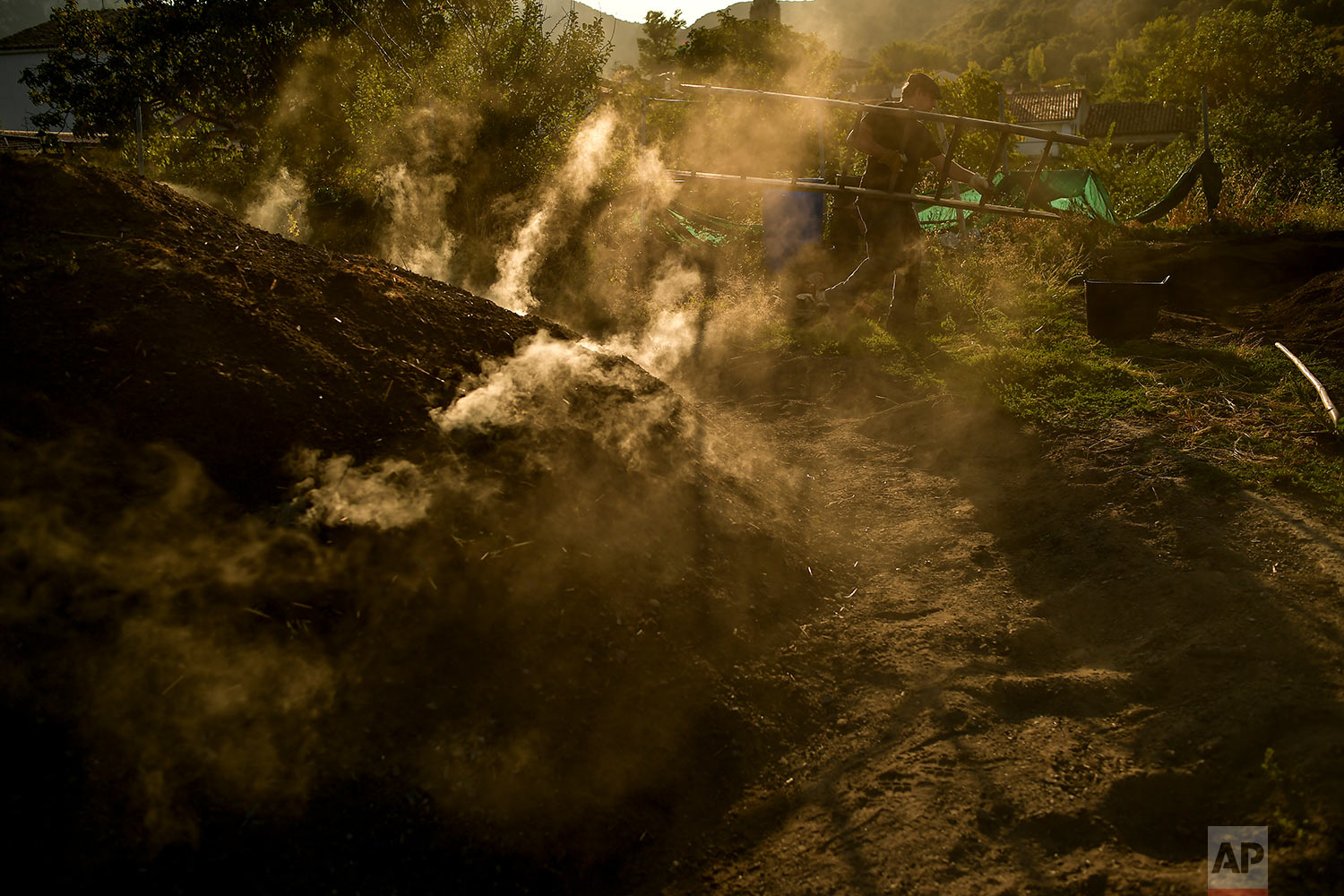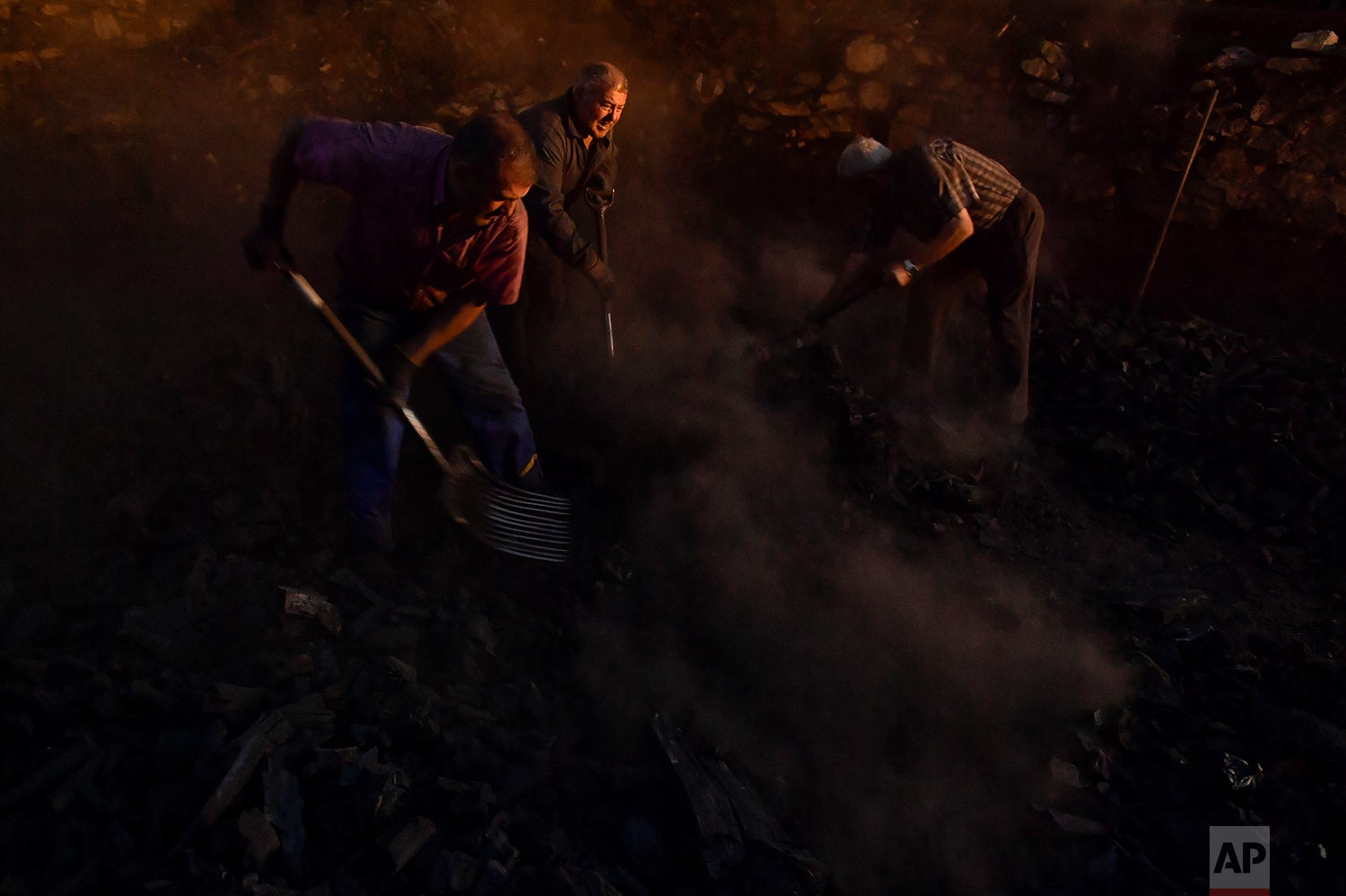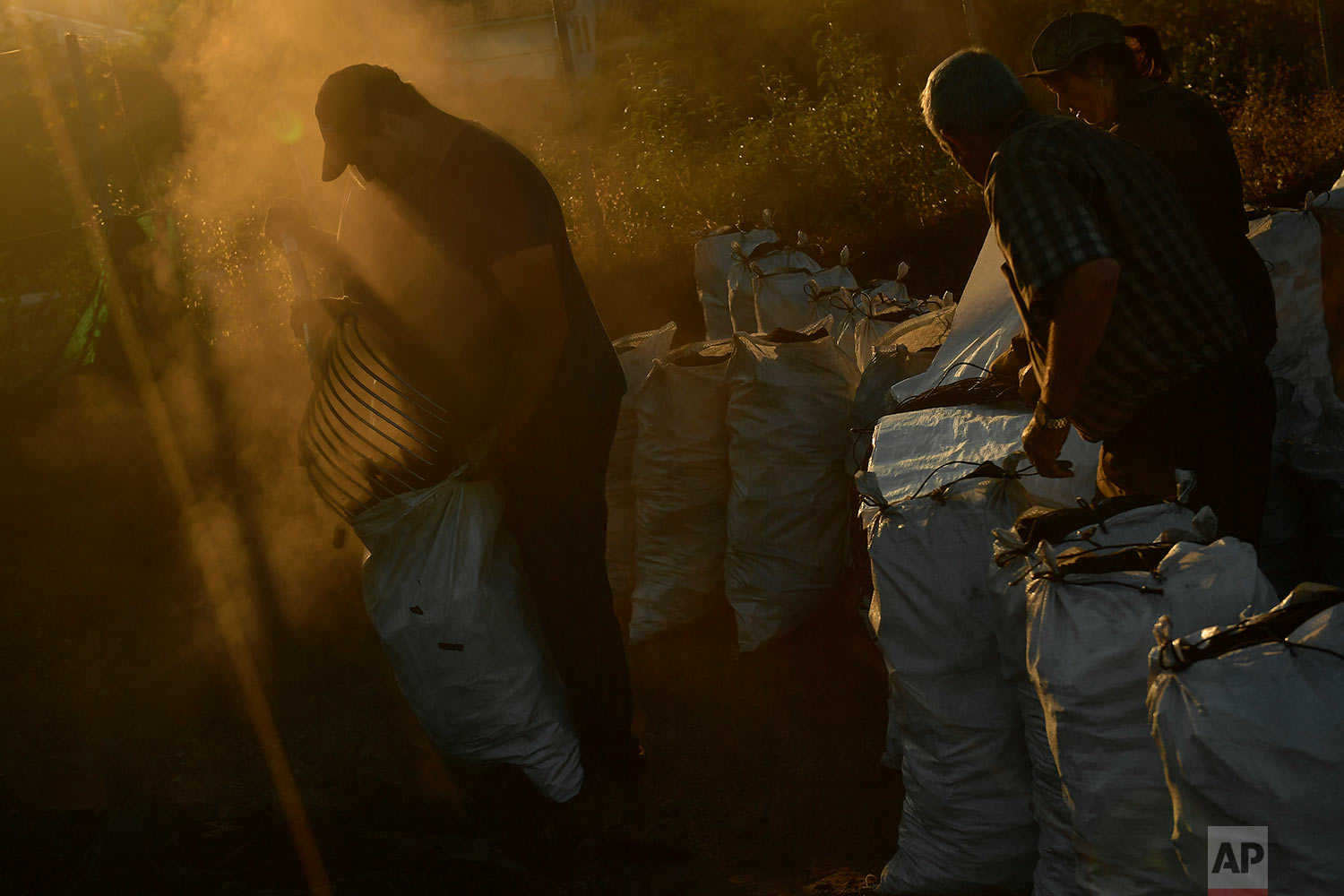Charcoal makers in Spain keep embers of an old trade burning

Even as he receives the occasional helping hand from his 22-year old son, Miguel Lander knows that the days of making charcoal the traditional way are counted in these remote valleys of northern Spain.
Lander is among the handful of remaining professional “charcoal cookers,” which is how locals call the backbreaking and patience-exhausting process of turning firewood into the lightweight pieces of carbon.
“One has to earn a living,” says Lander, 56.
Cornered by changing lifestyles and the competition from industrially-produced charcoal manufacturers, these days it’s only restaurants and private households that buy Lander’s few tons of annual charcoal production following a centuries-old tradition in this region.
The future, as he sees it, is far away from the slow-burning and smoking firewood pyres.
As elsewhere in the world, the carbonization of the wood comes after slowly choking the logs at a constant temperature, keeping most of the oxygen out.
In this Aug. 29, 2018 photo, work utensils are seen organized inside a room, to be used by workers to produce traditional charcoal in Viloria, northern Spain. (AP Photo/Alvaro Barrientos)
But in Vilorio and other hamlets under the shade of the limestone ranges of Loquiz and Urbasa, that’s achieved by covering the conic-shape pyramids of wood with hay, dry leaves and a third layer of insulating soil.
The fire is then lit through a chimney in the center of the pyre. Lander then climbs up on a wooden stair to dig air vents in the volcano-like structure in order to keep a steady combustion, which can go on for weeks.
Nowadays, Lander “cooks” in each of these steaming hills round 1.5 tons of holm oak wood, the best for charcoal. He watches them day and night: if burned too fast, all will be reduced to ashes, he says.
But The size of these pyres used to be much bigger according to Emilio Galdeano, 78, who began making charcoal when he was still a teen.
In this Sept.11, 2018 photo, charcoal producer Miguel Lander, 56, holds a picture with portraits of former charcoal producers in Viloria, northern Spain. (AP Photo/Alvaro Barrientos)
Galdeano abandoned the trade for two decades, when he joined scores of other peasants who sought jobs in bigger cities. But when Basque steel mills downsized in the late 1970’s, Galdeano returned to Vilorio and its surrounding mountains to keep making charcoal.
“Everybody in the village knew that charcoal-making was all they could expect in life,” says Galdeano, now 78 and retired. The hardships of the trade, he adds, were “tough, very tough.”
Charcoal pyres were part of the landscape and mystery shrouded the charcoal makers, who before vehicles could bring the wood all the way down to the valley, spent weeks or even months up in the mountains tending the firewood piles. They were often perceived as sullen and lonesome, but also central members of the community, providing a basic necessity.
Perhaps that’s why the most famous charcoal maker in the Basque-speaking valleys is Olentzero, the Christmas-father-like wine-loving hermit who drops off presents to well-behaved children _ and leaves charcoal for the roguish _ when he goes down the mountains at the height of winter.
Text from the AP news story, Charcoal makers in Spain keep embers of an old trade burning, by Alvaro Barrientos.
Photos by Alvaro Barrientos
Visual artist and Journalist

